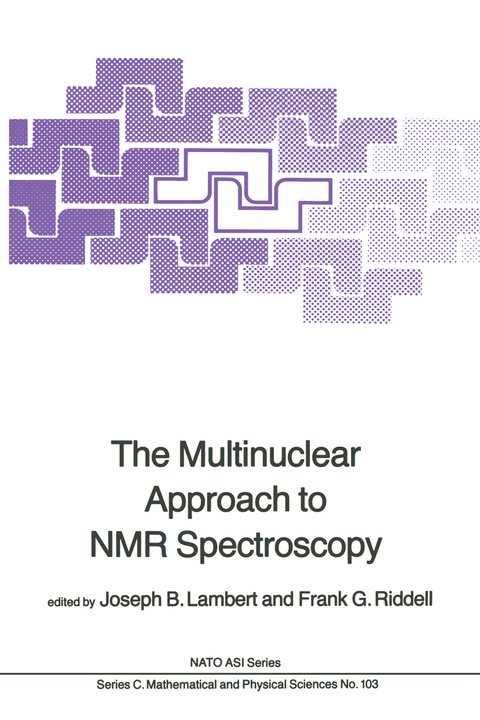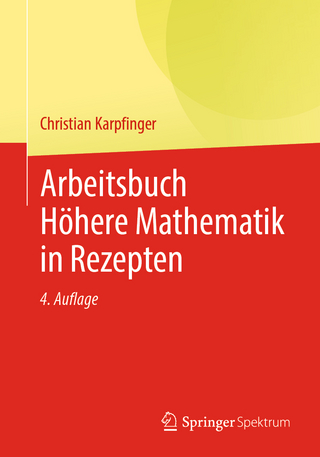
The Multinuclear Approach to NMR Spectroscopy
Kluwer Academic Publishers (Verlag)
978-90-277-1582-1 (ISBN)
- Titel z.Zt. nicht lieferbar
- Versandkostenfrei innerhalb Deutschlands
- Auch auf Rechnung
- Verfügbarkeit in der Filiale vor Ort prüfen
- Artikel merken
1. High Resolution Multinuclear Magnetic Resonance: Instrumentation Requirements and Detection Procedures.- 2. The Calculation and Some Applications of Nuclear Shielding.- 3. Calculations of Spin-Spin Couplings.- 4. Relaxation Processes in Nuclear Magnetic Resonance.- 5. Dynamic NMR Processes.- 6. Nuclear Magnetic Resonance in Solids.- 7. Applications of High Resolution Deuterium Magnetic Resonance.- 8. Deuterium NMR of Anisotropic Systems.- 9. Tritium Nuclear Magnetic Resonance Spectroscopy.- 10. Nitrogen Nuclear Magnetic Resonance Spectroscopy.- 11. Application of 17O NMR Spectroscopy to Structural Problems.- 12. The Alkali Metals.- 13. Alkaline Earth Metals.- 14. The Alkaline Earth Metals—Biological Applications.- 15. Group III Atom NMR Spectroscopy.- 16. Solution-State NMR Studies of Group IV Elements (Other than Carbon).- 17. High Resolution Solid-State NMR Studies of Group IV Elements.- 18. Group V Atom NMR Spectroscopy Other than Nitrogen.- 19. Group VI Elements Other than Oxygen.- 20. The Halogens—Chlorine, Bromine, and Iodine.- 21. Transition Metal NMR Spectroscopy.- 22. Cadmium-113 Nuclear Magnetic Resonance Spectroscopy in Bioinorganic Chemistry. A Representative Spin 1/2 Metal Nuclide.- Participants.
| Erscheint lt. Verlag | 31.5.1983 |
|---|---|
| Reihe/Serie | NATO Science Series C ; 103 |
| Zusatzinfo | XVI, 548 p. |
| Verlagsort | Dordrecht |
| Sprache | englisch |
| Maße | 160 x 240 mm |
| Themenwelt | Mathematik / Informatik ► Mathematik ► Algebra |
| Mathematik / Informatik ► Mathematik ► Arithmetik / Zahlentheorie | |
| ISBN-10 | 90-277-1582-3 / 9027715823 |
| ISBN-13 | 978-90-277-1582-1 / 9789027715821 |
| Zustand | Neuware |
| Haben Sie eine Frage zum Produkt? |
aus dem Bereich


